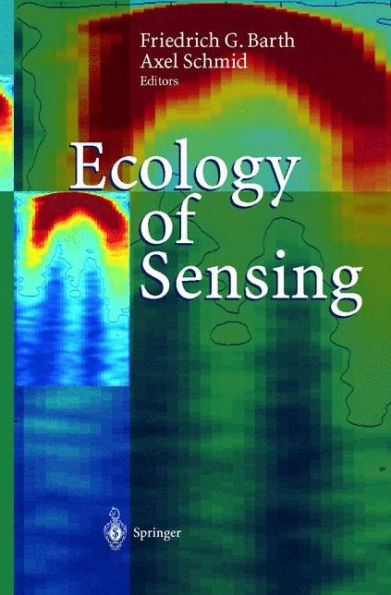5
1
9783540669012



Ecology of Sensing / Edition 1 available in Hardcover, Paperback

Ecology of Sensing / Edition 1
- ISBN-10:
- 3540669019
- ISBN-13:
- 9783540669012
- Pub. Date:
- 04/27/2001
- Publisher:
- Springer Berlin Heidelberg
- ISBN-10:
- 3540669019
- ISBN-13:
- 9783540669012
- Pub. Date:
- 04/27/2001
- Publisher:
- Springer Berlin Heidelberg

Ecology of Sensing / Edition 1
$219.99
Current price is , Original price is $219.99. You
219.99
In Stock

Product Details
| ISBN-13: | 9783540669012 |
|---|---|
| Publisher: | Springer Berlin Heidelberg |
| Publication date: | 04/27/2001 |
| Edition description: | 2001 |
| Pages: | 342 |
| Product dimensions: | 6.10(w) x 9.25(h) x 0.03(d) |
From the B&N Reads Blog
